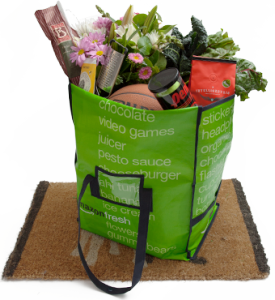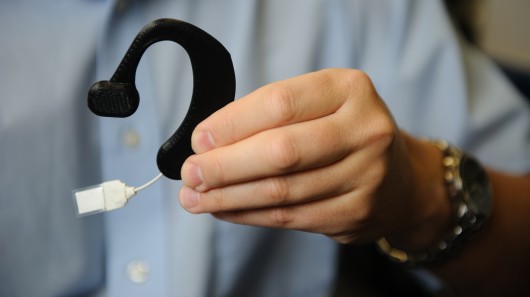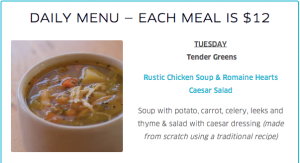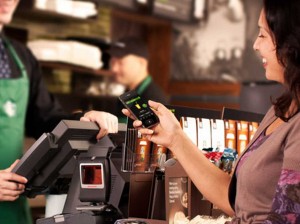The concept of an online grocery-shipping company is one to be excited over. Recently, Amazon launched it’s AmazonFresh extension, allowing consumers to order groceries online. the service has been rolled out to Seattle, San Francisco, and now New York.
Here’s how it works: If you place an order before 10 a.m., your groceries will arrive by “dinner-time”, while orders placed later in the day will arrive as early as the following morning – just in time for breakfast!
However, for some zip codes, you must be present to receive your order during a one-hour time-frame for pickup. Other areas allow for a drop-off delivery service as any order over $35 is free to deliver.
The single catch is that after 90 days of free AmazonFresh usage, you will be enrolled in a $300 per year membership which is also includes Amazon’s Prime Membership for other purchases and deliveries. It is a common conception that online grocers and associated fees are always more expensive than a local supermarket’s prices. After a quick breakdown of a few staple’s prices and comparison, it is possible to se that AmazonFresh is very competitive when it comes to prices and quality.
“Amazon keeps its prices on grocery items in line with what you’d find at your local supermarket.” Says an AmazonFresh customer.
The average American tradition of getting in the car and heading to a supermarket adds up to about 44 minutes per trip, according to the USDA. The travel involves no more than 5 miles per trip and a spending of about $116.51 per week, according to the Food Marketing Institute.
For AmazonFresh, there is more to consider than price of travel:
Quality.
Everyone has their own little tricks to find the freshest, ripest produce in the supermarket. Putting that quality reassurance to the test when using robots and Amazon employees isn’t an easy decision. Usually, it is much of a gable. Though Amazon will refund any unsatisfactory orders, the replacement time period of those items causes great inconvenience when one could head to the local market instead.
Selection.
AmazonFresh has a wonderful variety of local, national, and international items.There is an abundant section of all sorts of produce, meats, dairy, and restaurant items. Even local, fresh-baked bread can be order with just a click on Amazon.
Shopping Experience.
Some people do enjoy grocery shopping at the local market, but not everyone shares this opinion. Especially living in a city like New York – Grocery shopping can be a grueling task that makes takeout look like a knight in shining armor. AmazonFresh is great for those of us who want to get it over will and takes about 15 minutes maximum per order.
AmazonFresh isn’t the first to attempt to break into the online grocery market – WebVan’s $1.1 billion failure shows us how trivial of a matter it could be. FreshDirect has made a name for itself within the New York Metropolitan area. The company plants to spend the next decade expanding to all of the boroughs in NYC.
Amazon’s approach to the matter was similar as the company first launched it’s Fresh service in Seattle, targeting the densely populated areas. Now, as most of the west coast has access to the grocery delivery service, it is becoming much more prevalent. Amazon is a trusted house-hold name and as AmazonFresh makes its way to NYC, we should expect to see a few great competitive deals and faster grocery service to those who could use the help!




